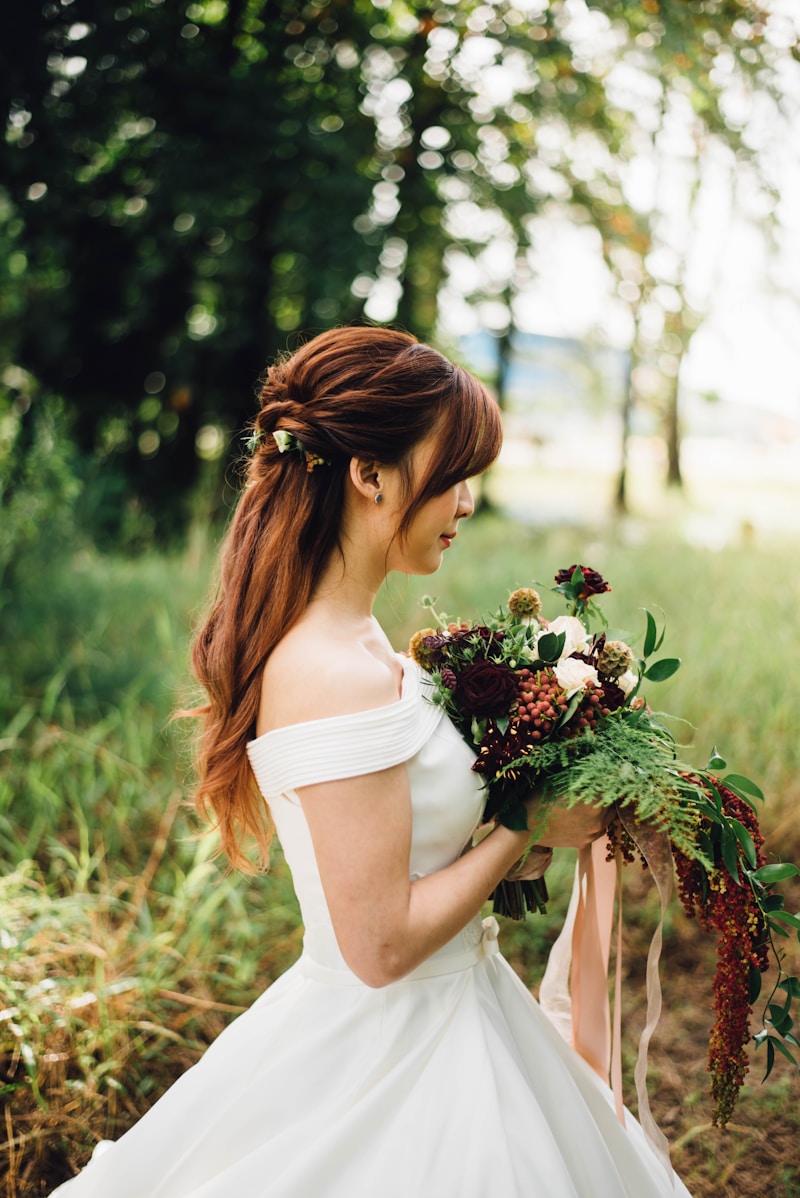Exploring Generational Wedding Customs: A Journey Through Time and Traditions
Weddings are not just personal celebrations but also reflect a rich tapestry of cultural traditions and generational customs. Understanding generational wedding customs adds depth to the wedding experience, offering insights into cultural values and familial legacies. In this article, we will explore various generational wedding customs from around the world, examining how they are shaped by historical context, societal norms, and familial traditions. Whether you are planning your own wedding, attending a friend’s, or simply curious about cultural practices, this guide will provide valuable insights.
What are Generational Wedding Customs?
Generational wedding customs refer to the traditional practices and rituals associated with weddings that are passed down through various generations. These customs may include specific ceremonies, attire, food, and even the roles played by family members during the celebration. By understanding these customs, individuals can appreciate the personal and historical significance behind various wedding practices.
Key Components of Wedding Customs
While each culture possesses its unique practices, several key components often emerge in generational wedding customs:
- Rituals: These are specific actions carried out during the ceremony, such as exchanging vows or lighting a unity candle.
- Attire: Traditional clothing often reflects the couple's cultural heritage and may involve elaborate costumes.
- Food: Culinary traditions play a significant role, with specific dishes often symbolizing prosperity, fertility, and joy.
- Family roles: Different generations within a family may have specific roles in the wedding, emphasizing the importance of lineage and family support.
A Look at Different Generational Wedding Customs Worldwide
The world is home to a plethora of unique wedding customs, each providing a glimpse into the values and heritage of its people. Below are some examples from different cultures.
| Culture | Custom | Significance |
| Indian | Saptapadi (Seven Steps) | Each step symbolizes a vow taken by the couple. |
| Mexican | Lasso | A ceremonial rope is placed around the couple, symbolizing their unity. |
| Japanese | San-san-kudo | Couple takes three sips from three cups, representing their union. |
| Scottish | Handfasting | An ancient ritual of binding hands, symbolizing commitment. |
Modern Influences on Traditional Wedding Customs
As society evolves, so do wedding customs. Many couples today choose to blend traditional practices with modern influences, creating unique and personalized ceremonies. This fusion can lead to the incorporation of non-traditional elements such as:
- Custom vows tailored to the couple’s personality.
- Theming the wedding based on shared interests or experiences.
- Incorporating technology, such as live streaming the ceremony for remote guests.
For instance, a couple might choose to honor their respective heritage by including elements from both cultures, such as wearing traditional attire during certain parts of the ceremony while opting for a contemporary reception theme. This blending not only respects generational customs but also caters to the couple's personal narrative.
Challenges of Upholding Generational Wedding Customs
While many appreciate the beauty of generational wedding customs, there are challenges in upholding them. Some of these challenges include:
- Generational Differences: Family members may have differing views on which customs are essential to uphold, leading to potential conflicts.
- Cultural Appropriation: Navigating the fine line between appreciating a culture and appropriating it can be complex, especially in diverse marriages.
- Financial Constraints: Certain customs may come with significant costs, making it difficult for couples to honor them fully.
Conclusion: Honoring Generational Wedding Customs
Exploring generational wedding customs is an enriching experience that offers insight into the diverse ways couples around the world celebrate their union. As you plan your own wedding or reflect on personal anecdotes from family weddings, consider what customs resonate with you and your partner. From honoring heritage to integrating modern elements, the ultimate goal is to create a day that reflects love and commitment.
In summary, keep these tips in mind:
- Research your family's history and customs to identify meaningful traditions to uphold.
- Communicate with family members about which customs are most important to them.
- Be open to blending traditions to create a unique experience tailored to you and your partner.
Whether you choose to stick closely to tradition or create your own path, know that the essence of a wedding lies in the celebration of love—something timeless that transcends generations.
